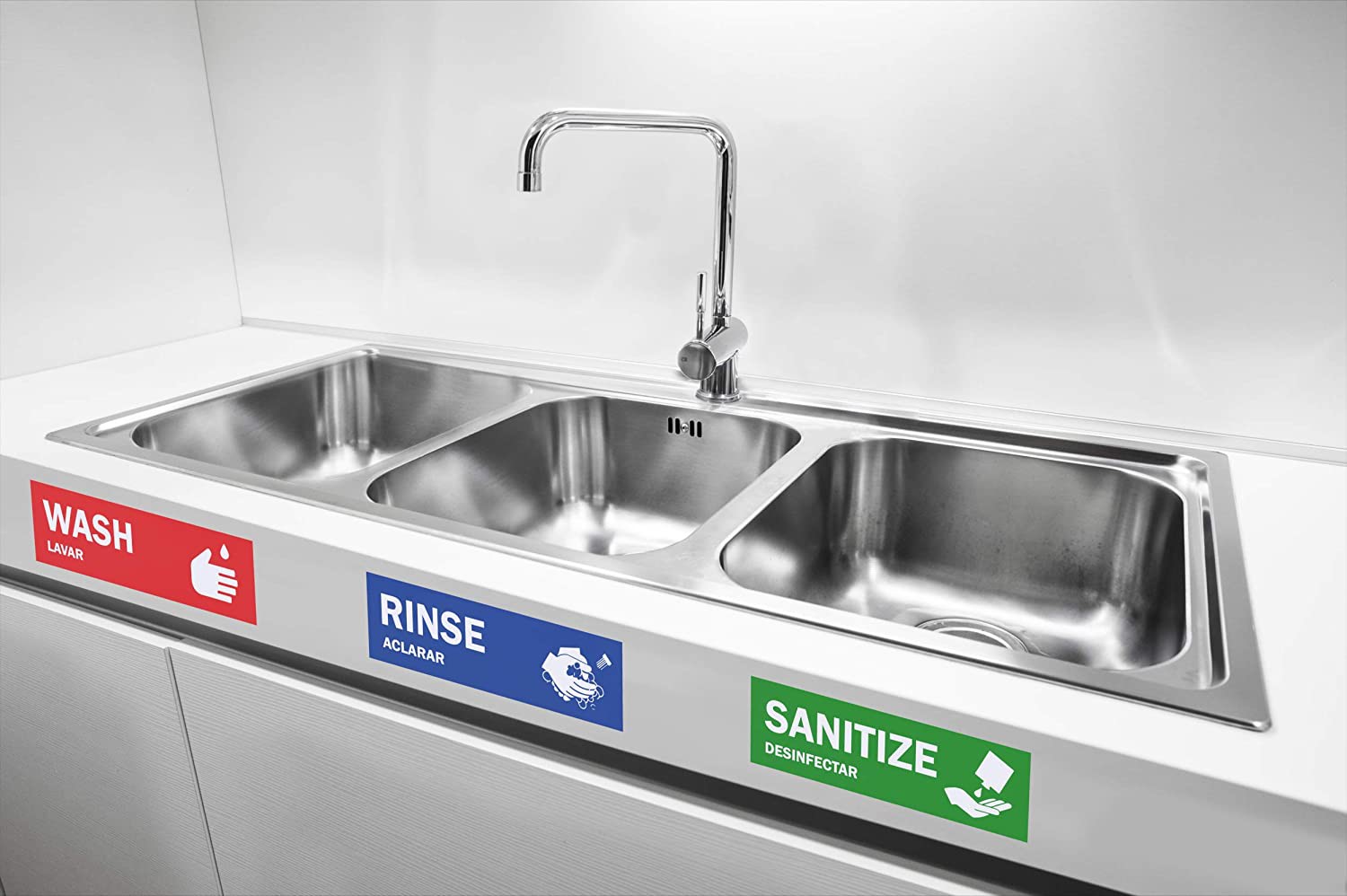

Articles
How To Use A Three Compartment Sink
Modified: December 7, 2023
Learn how to effectively use a three compartment sink to maintain cleanliness and comply with sanitation standards. Read our informative articles now!
(Many of the links in this article redirect to a specific reviewed product. Your purchase of these products through affiliate links helps to generate commission for Storables.com, at no extra cost. Learn more)
Introduction
A three-compartment sink is an essential tool in any commercial kitchen or food establishment. It is used for washing, rinsing, and sanitizing dishes, utensils, and other kitchen equipment. Properly using a three-compartment sink is crucial for maintaining good hygiene standards and preventing the spread of contaminants.
In this article, we will guide you through the process of using a three-compartment sink effectively. We will explain the steps involved in preparing the sink, washing and rinsing, sanitizing, and proper drying techniques. Additionally, we will provide some maintenance and safety tips to ensure the sink remains functional and safe to use.
By following these guidelines, you can ensure that your kitchen maintains cleanliness and upholds food safety standards. So, let’s dive into the world of the three-compartment sink and discover how to use it like a pro!
Key Takeaways:
- Properly using a three-compartment sink is crucial for maintaining good hygiene standards and preventing the spread of contaminants in commercial kitchens and food establishments.
- Understanding the purpose and structure of a three-compartment sink, along with following the proper steps for washing, rinsing, sanitizing, and drying, is essential for maintaining cleanliness and upholding food safety standards.
Understanding the Three Compartment Sink
Before we delve into the process of using a three-compartment sink, it’s important to understand its basic structure and purpose. A three-compartment sink consists of three separate compartments: one for washing, one for rinsing, and one for sanitizing. Each compartment serves a specific function in the cleaning process.
The first compartment, known as the “wash” compartment, is where you will find a mixture of hot water and detergent. This is where you will scrub and clean the dirty dishes, utensils, and equipment, removing any food particles, grease, or stains that may be present.
The second compartment, the “rinse” compartment, contains clean, warm water. This is where you will rinse off the detergent and any remaining debris from the items that were washed in the first compartment. The purpose of this step is to remove any traces of soap and ensure that the items are thoroughly cleaned.
The third compartment, the “sanitize” compartment, is where you will find a sanitizing solution. This solution is typically a mixture of water and a sanitizing agent, such as bleach or a commercial sanitizer. The sanitizing process kills any remaining bacteria and ensures that the items are safe and ready for use.
It’s important to note that the order of the compartments is crucial for maintaining cleanliness and preventing contamination. The wash compartment should always be the first one in the sequence, followed by the rinse and then the sanitize compartment. This ensures that the items go through each step in the proper order, maximizing their cleanliness and safety.
Now that we have a clear understanding of the three-compartment sink’s purpose and structure, let’s move on to the steps involved in using it effectively.
Preparing the Sink
Before you begin using the three-compartment sink, it’s important to properly prepare the sink and gather the necessary supplies. This ensures that the cleaning process will be efficient and effective. Here are the steps to prepare the sink:
- Gather your supplies: Make sure you have all the necessary items before you start. This includes dish detergent, a scrub brush or sponge, clean towels or dish racks for drying, and a sanitizing agent.
- Clean and sanitize the sink: Start by cleaning and sanitizing the sink itself. Remove any debris or objects from the sink and discard them. Then, clean and sanitize the sink using a suitable cleanser or sanitizing agent. Rinse the sink thoroughly to remove any residue.
- Check the water temperature: Ensure that you have access to hot water at the desired temperature for washing. The water temperature should be between 110°F (43°C) and 120°F (49°C) for effective cleaning.
- Set up the compartments: Fill the first compartment with hot water and an appropriate amount of dish detergent. Fill the second compartment with clean, warm water for rinsing. In the third compartment, prepare the sanitizing solution according to the manufacturer’s instructions. Make sure the solution is at the correct concentration for effective sanitizing.
Once you have completed these steps, your three-compartment sink is now ready for use. It’s important to note that the sink should be cleaned and sanitized regularly to maintain proper hygiene standards. Cleaning and sanitizing the sink after each use is recommended to prevent cross-contamination.
Now that the sink is prepared, it’s time to move on to the next step: washing and rinsing.
Washing and Rinsing
Now that your three-compartment sink is prepared, it’s time to start the washing and rinsing process. This step is crucial for removing dirt, grease, and food particles from dishes, utensils, and kitchen equipment. Here’s a step-by-step guide on how to wash and rinse effectively:
- Scrape off excess food: Before placing the items in the sink, make sure to scrape off any excess food debris. This will prevent clogging the sink and help keep the wash water cleaner.
- Start with the wash compartment: Place the soiled items into the first compartment, the wash compartment, filled with hot water and detergent. Use a scrub brush or sponge to thoroughly clean each item, paying special attention to hard-to-reach areas and stubborn stains.
- Remove any tough residues: For stubborn residues, you may need to soak the items in the wash compartment for a few minutes to loosen them. After soaking, scrub the items again to ensure they are completely clean.
- Move to the rinse compartment: After thoroughly washing the items, transfer them to the second compartment, the rinse compartment. Use clean, warm water to rinse off any soap residue and leftover debris. Make sure to rinse each item thoroughly to remove all traces of detergent.
- Inspect for cleanliness: As you move the items from the wash compartment to the rinse compartment, visually inspect them to ensure they are clean. If any items still have residue or are not fully clean, return them to the wash compartment for further scrubbing.
Remember, the goal of washing and rinsing is to remove dirt, grease, and food particles from the items. Proper scrubbing and thorough rinsing are essential to achieve this. Additionally, it’s important to regularly change the wash water if it becomes too dirty or soapy to ensure effective cleaning.
Now that the items are washed and rinsed, they are ready to move on to the next step: sanitizing.
Always start with the wash compartment, then rinse, and finally sanitize. Use hot water and the appropriate cleaning solution for each step. Allow items to air dry after sanitizing.
Sanitizing
Sanitizing is a crucial step in the three-compartment sink process as it helps to kill harmful bacteria and ensure that the items are safe for use. Here’s a step-by-step guide on how to sanitize effectively:
- Prepare the sanitizing solution: In the third compartment of the sink, prepare the sanitizing solution according to the manufacturer’s instructions. The solution is typically a mixture of water and a sanitizing agent such as bleach or a commercial sanitizer. Ensure that the solution is at the correct concentration for effective sanitizing.
- Immerse items in the sanitizing solution: Place the items in the sanitizing compartment, ensuring they are fully submerged in the solution. Allow them to soak for the recommended amount of time specified by the sanitizer manufacturer. This time may vary depending on the product being used.
- Ensure proper contact time: It’s important to maintain the items in the sanitizing solution for the recommended contact time. This allows the sanitizer to effectively kill bacteria and other microorganisms. Refer to the sanitizer’s instructions or local health codes for the specific contact time required.
- Air dry or rinse if required: After the items have been properly sanitized, you can choose to air dry them or rinse them with clean water. If you decide to rinse, make sure to use potable water to remove any residual sanitizer.
It’s worth noting that sanitizing is particularly important for items that come into direct contact with food surfaces, such as cutting boards, utensils, and food preparation equipment. By following the proper sanitizing procedures, you can significantly reduce the risk of foodborne illnesses and ensure the safety of your customers and staff.
Now that the items have been sanitized, the final step is to properly dry them to prevent the growth of bacteria and maintain cleanliness.
Proper Drying
Properly drying the items after washing and sanitizing is an essential step to prevent the growth of bacteria and maintain hygiene standards. Here are some important steps to follow for effective drying:
- Use clean, dry towels or dish racks: Choose clean and dry towels specifically designated for drying purposes. Alternatively, use dish racks that allow air circulation to promote quick and thorough drying.
- Allow sufficient time for air drying: If using dish racks, make sure to provide enough time for the items to air dry completely. Place the items in a clean and dry location where they can remain undisturbed until fully dry.
- Ensure proper storage: Once the items are dry, store them in a clean and designated area. Avoid stacking wet or damp items on top of dry ones, as this can promote the growth of bacteria.
- Regularly clean and sanitize the drying area: It’s important to maintain cleanliness in the drying area. Clean and sanitize the surface where the items are dried to prevent contamination and ensure a hygienic environment.
Proper drying not only prevents the potential growth of bacteria but also helps to maintain the cleanliness and quality of the items. It is important to note that improper drying methods, such as using contaminated towels or insufficient drying time, can negate the efforts put into washing and sanitizing.
By following these drying guidelines, you can ensure that the items are safe and ready for use, maximizing food safety and maintaining high hygiene standards in your kitchen or food establishment.
Now that you have properly dried the items, let’s move on to some maintenance and safety tips to keep your three-compartment sink functioning well and ensure a safe working environment.
Maintenance and Safety Tips
Taking proper care of your three-compartment sink is essential for it to function efficiently and maintain a safe working environment. Here are some maintenance and safety tips to keep in mind:
- Regular cleaning: Clean the sink and all compartments regularly to remove any buildup of dirt, grime, or soap residue. This helps to prevent contamination and ensures a hygienic workspace.
- Inspect for leaks: Regularly check for any leaks in the sink, faucets, or plumbing connections. Leaks should be promptly repaired to prevent water damage and maintain proper functioning.
- Replace worn-out parts: Keep an eye on the condition of the sink’s components, such as the faucets, drain stoppers, and pipes. Replace any worn-out or malfunctioning parts to ensure smooth operation.
- Train staff on proper usage: Provide thorough training to your staff on how to use the three-compartment sink correctly. Emphasize the importance of following the proper sequence, maintaining appropriate water temperatures, and using the correct cleaning agents.
- Wear appropriate protective gear: When using the three-compartment sink, it’s important to wear appropriate protective gear, such as gloves and aprons, to protect yourself from potential hazards, including hot water and cleaning chemicals.
- Adhere to local health codes: Familiarize yourself with the local health codes and regulations regarding the use and maintenance of a three-compartment sink. Ensure that your practices comply with these guidelines to avoid any penalties or health violations.
By following these maintenance and safety tips, you can ensure the longevity of your three-compartment sink and promote a safe working environment for your staff.
Now that we’ve covered the maintenance and safety tips, let’s conclude our guide on how to use a three-compartment sink effectively.
Conclusion
Using a three-compartment sink effectively is essential for maintaining hygiene standards and ensuring the safety of your kitchen or food establishment. By following the proper steps outlined in this guide, you can ensure that dishes, utensils, and other kitchen equipment are thoroughly cleaned, rinsed, and sanitized.
Remember to properly prepare the sink and gather all necessary supplies before starting the cleaning process. Scrape off excess food, wash items in the first compartment with hot water and detergent, rinse them in the second compartment with clean water, and sanitize them in the third compartment using the recommended sanitizing solution. Allow the items to air dry or rinse them with potable water before storing them in a clean area.
Maintaining your three-compartment sink and following safety protocols is equally important. Regularly clean and sanitize the sink, check for leaks, and replace worn-out parts. Train your staff on proper usage and provide them with appropriate protective gear. Adhere to local health codes to ensure compliance with regulations.
By following these guidelines and incorporating them into your daily routine, you can create a clean and safe environment in your kitchen or food establishment, and minimize the risk of foodborne illnesses.
So, embrace the power of a three-compartment sink and utilize it as a vital tool in your quest for cleanliness and food safety!
Frequently Asked Questions about How To Use A Three Compartment Sink
Was this page helpful?
At Storables.com, we guarantee accurate and reliable information. Our content, validated by Expert Board Contributors, is crafted following stringent Editorial Policies. We're committed to providing you with well-researched, expert-backed insights for all your informational needs.
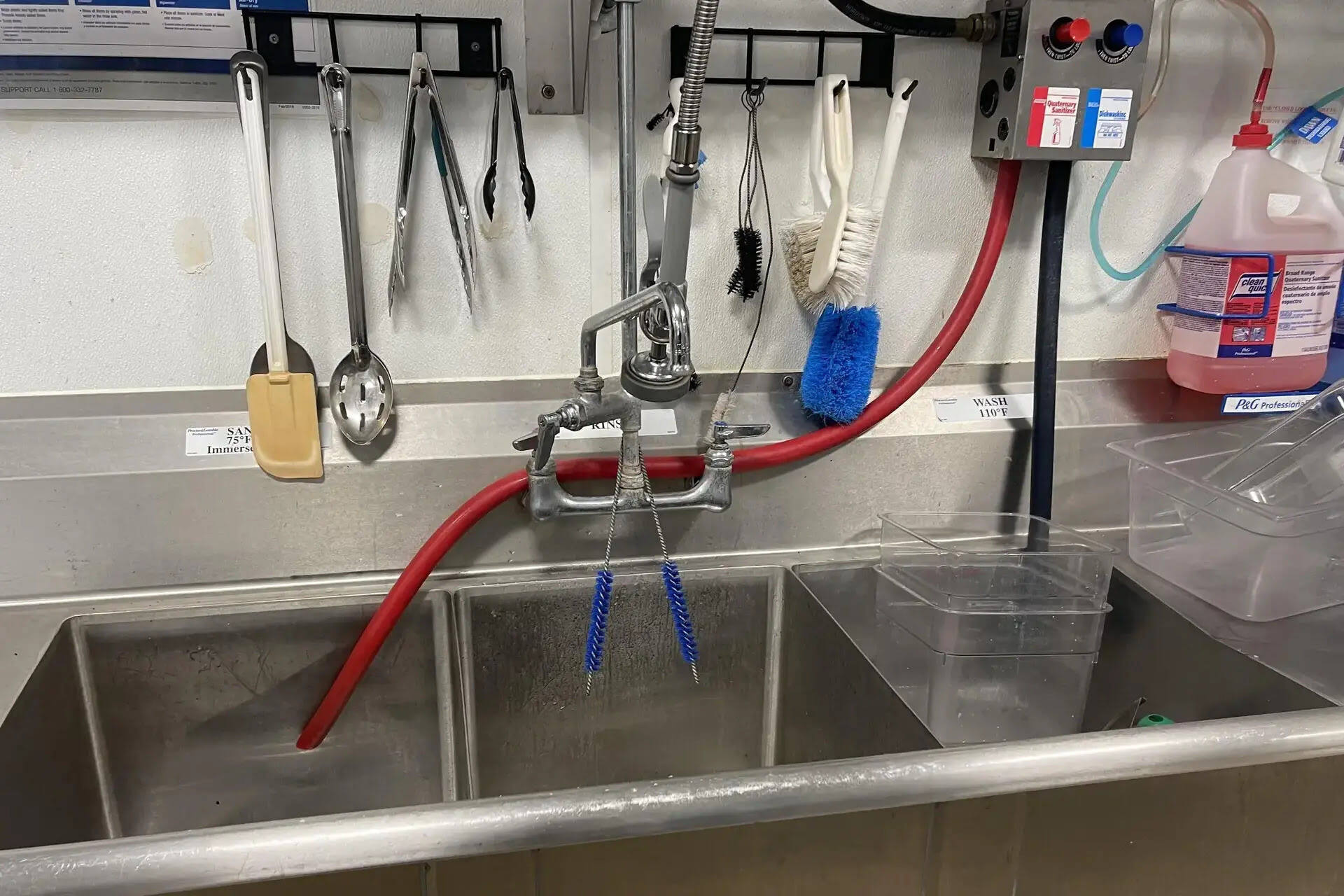
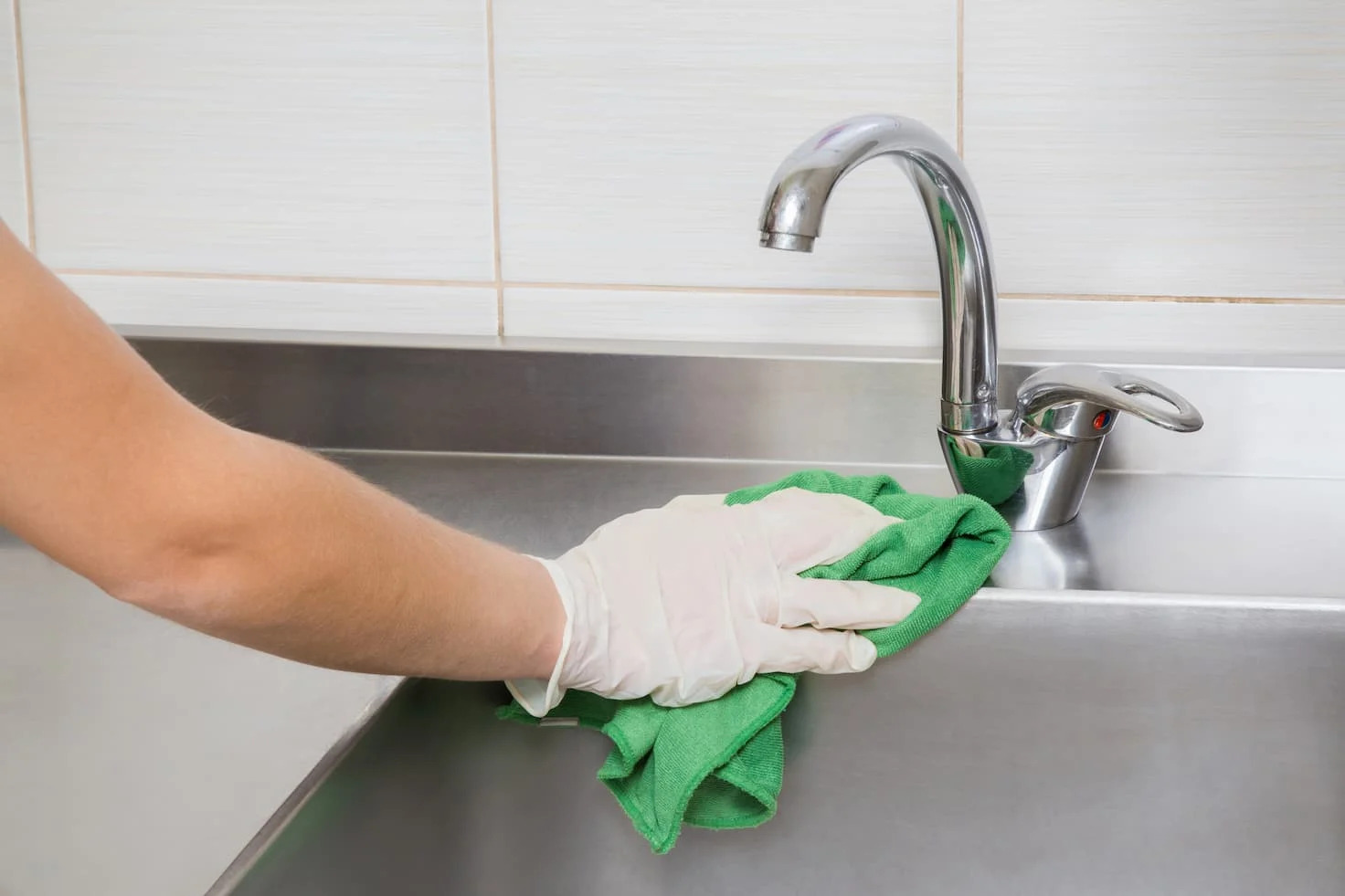
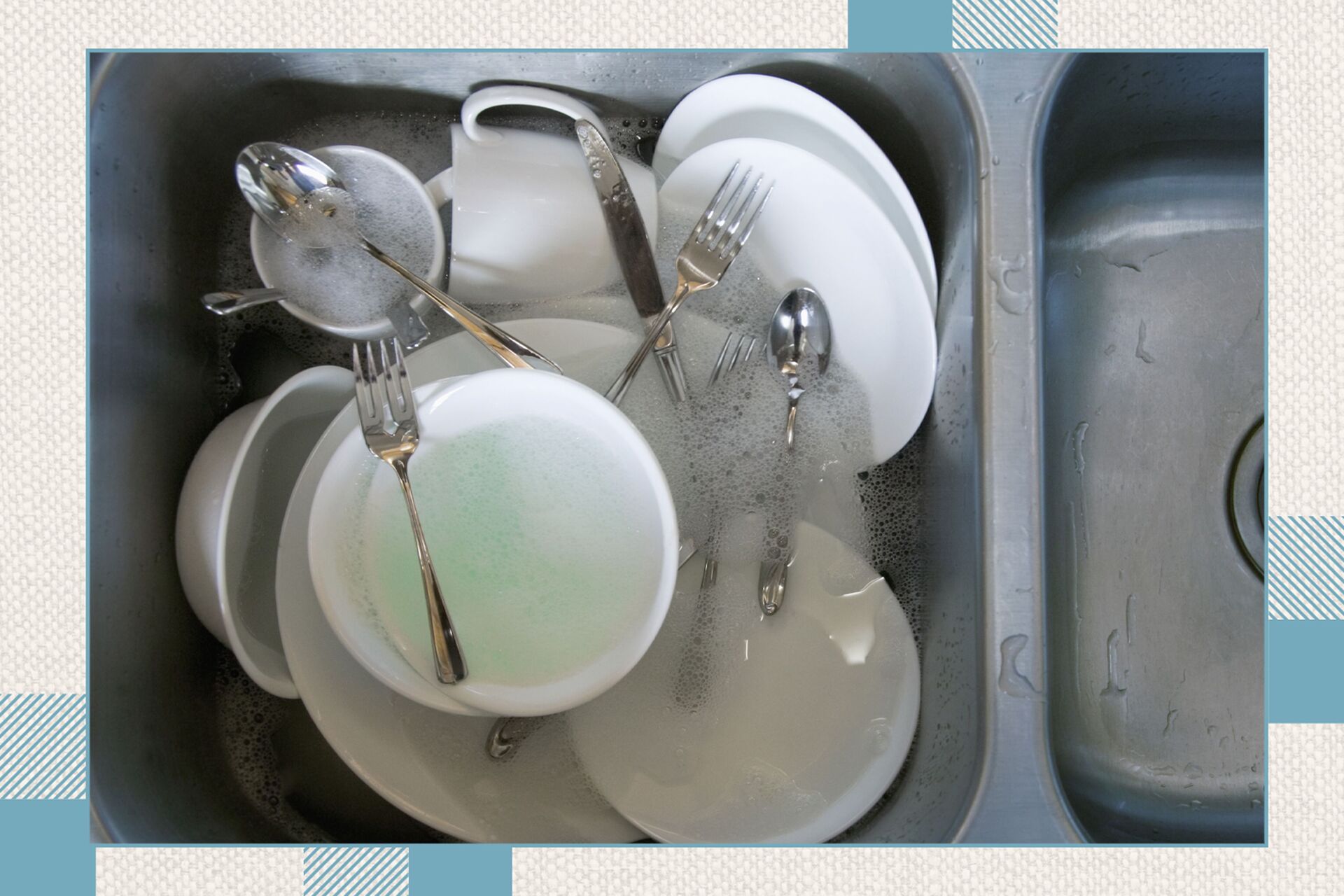
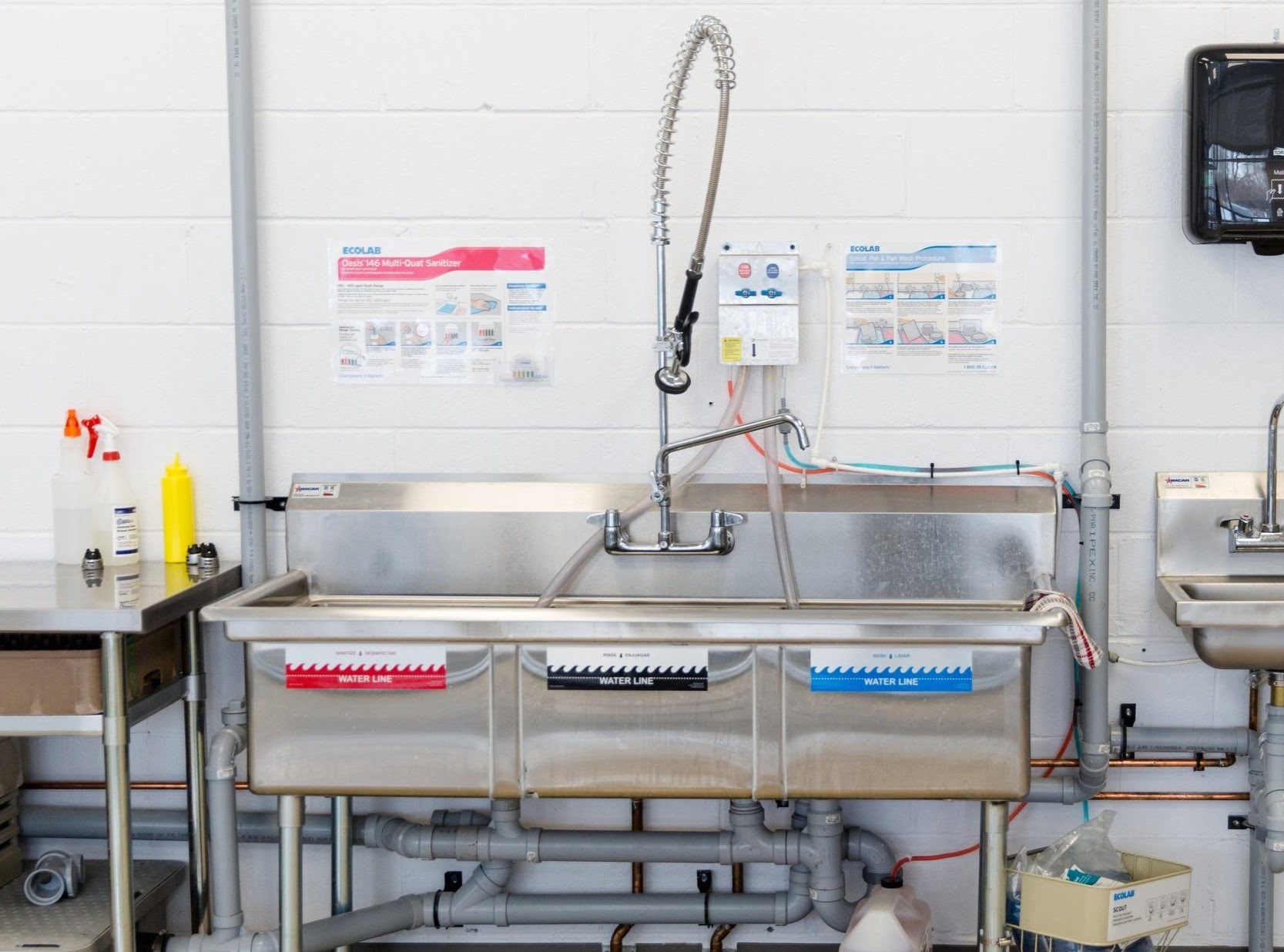
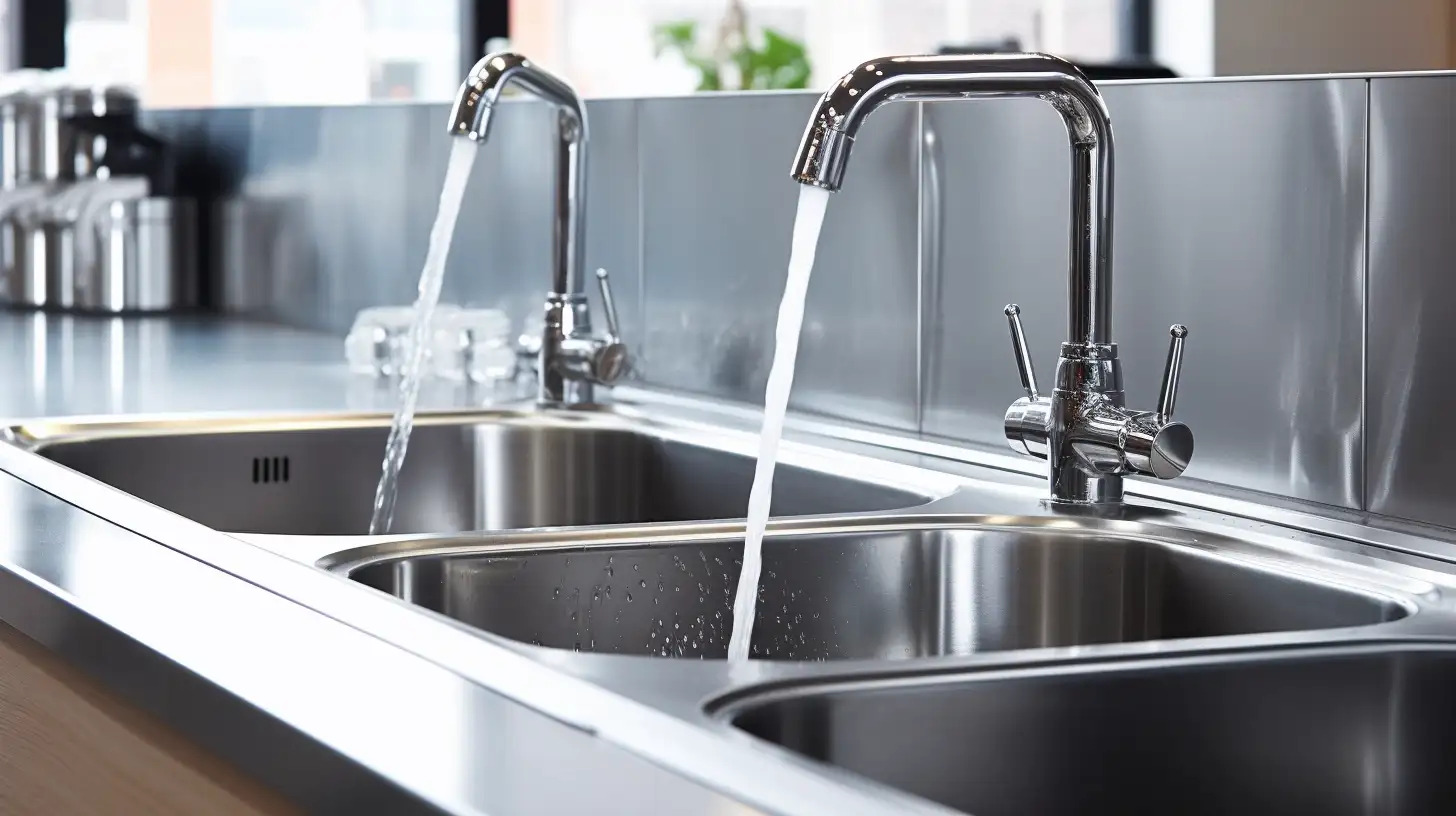
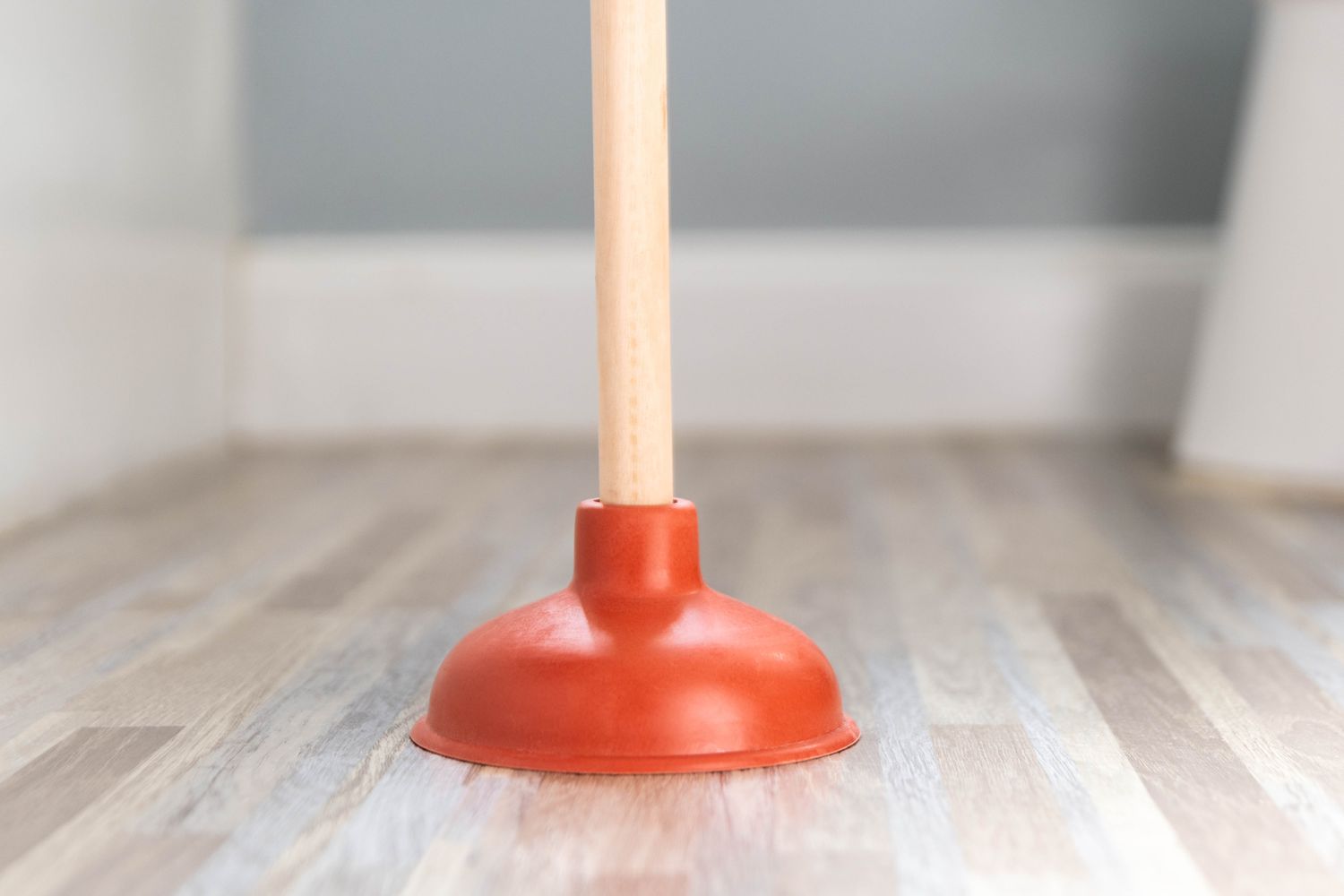
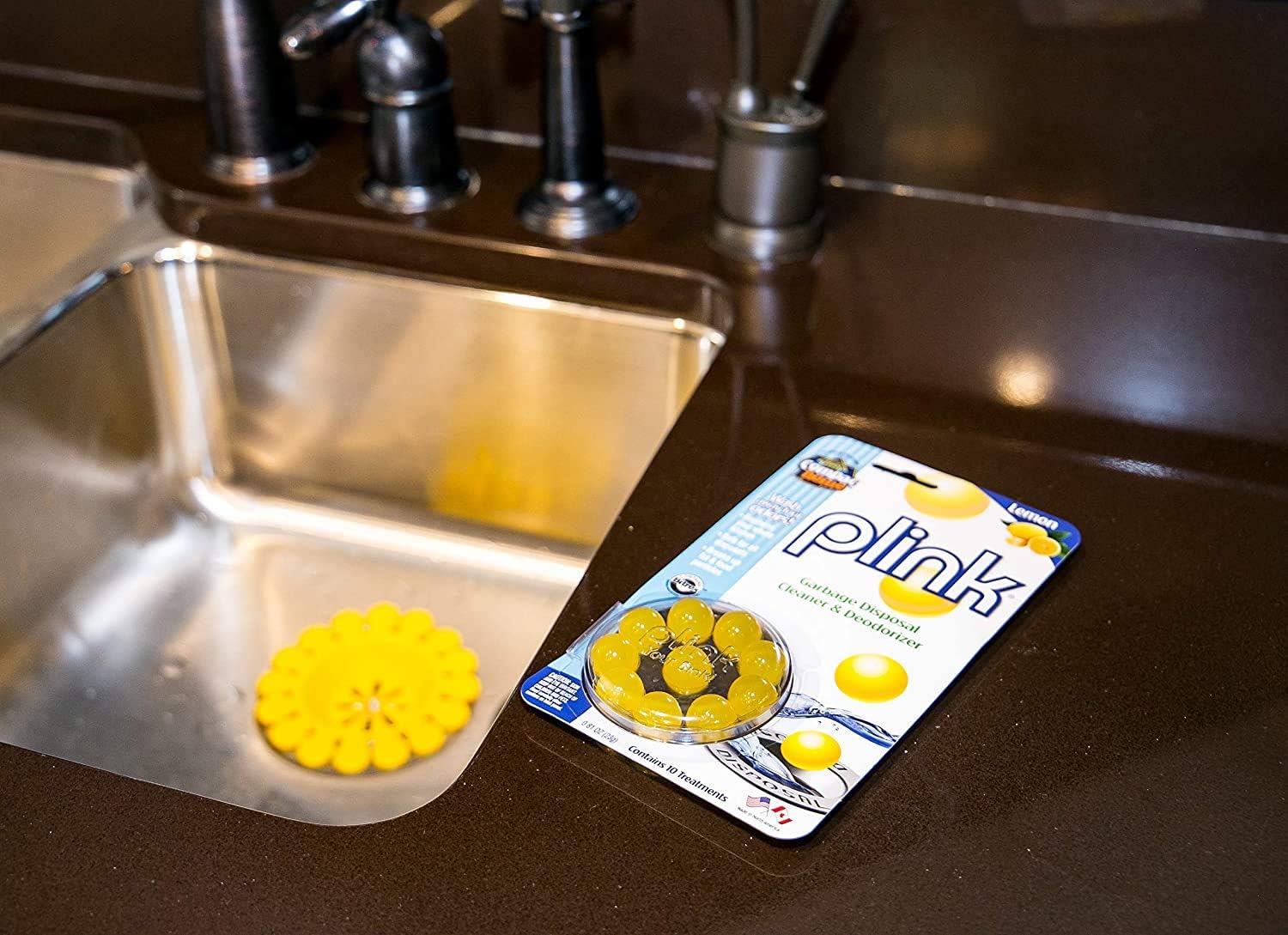
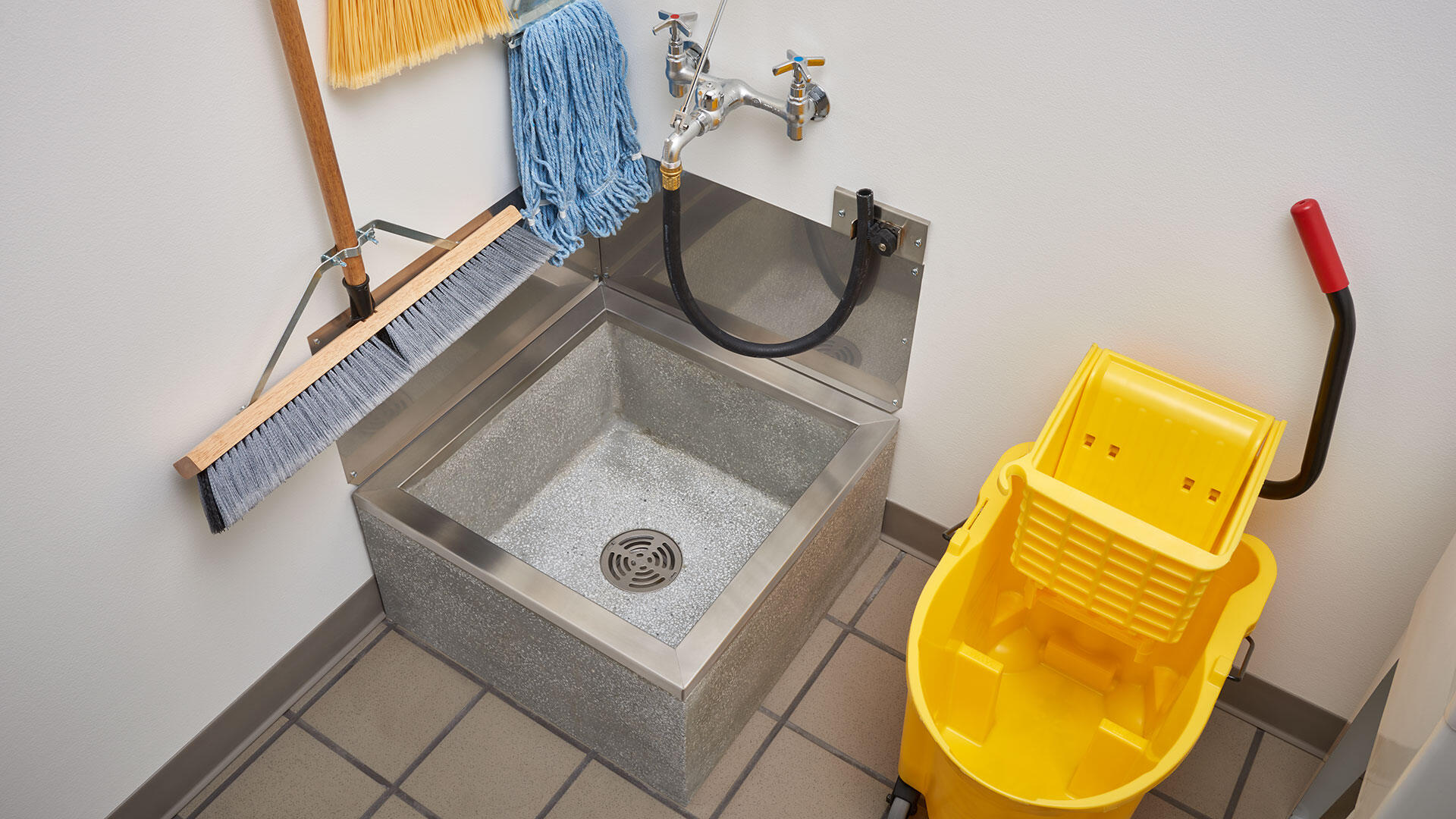


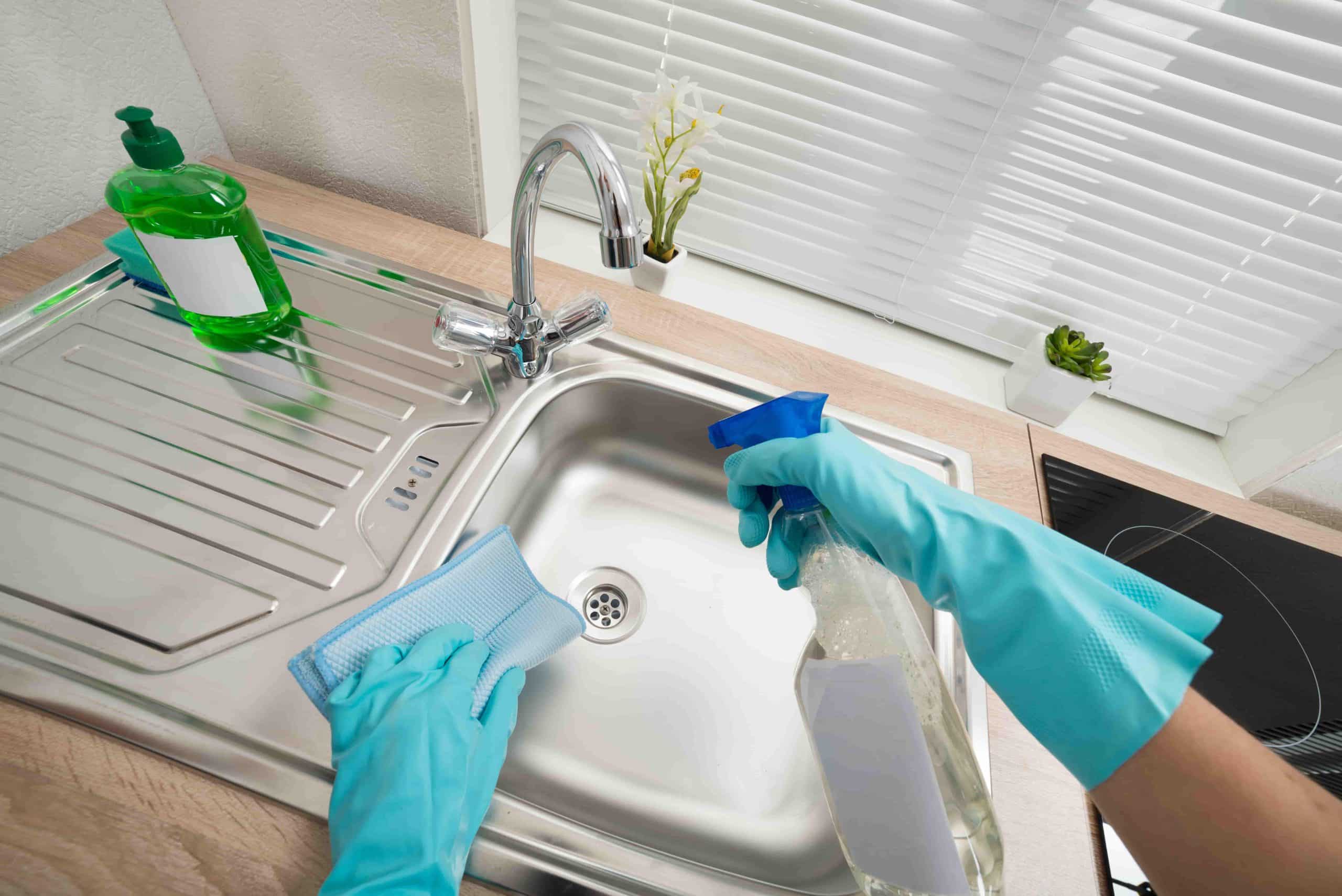
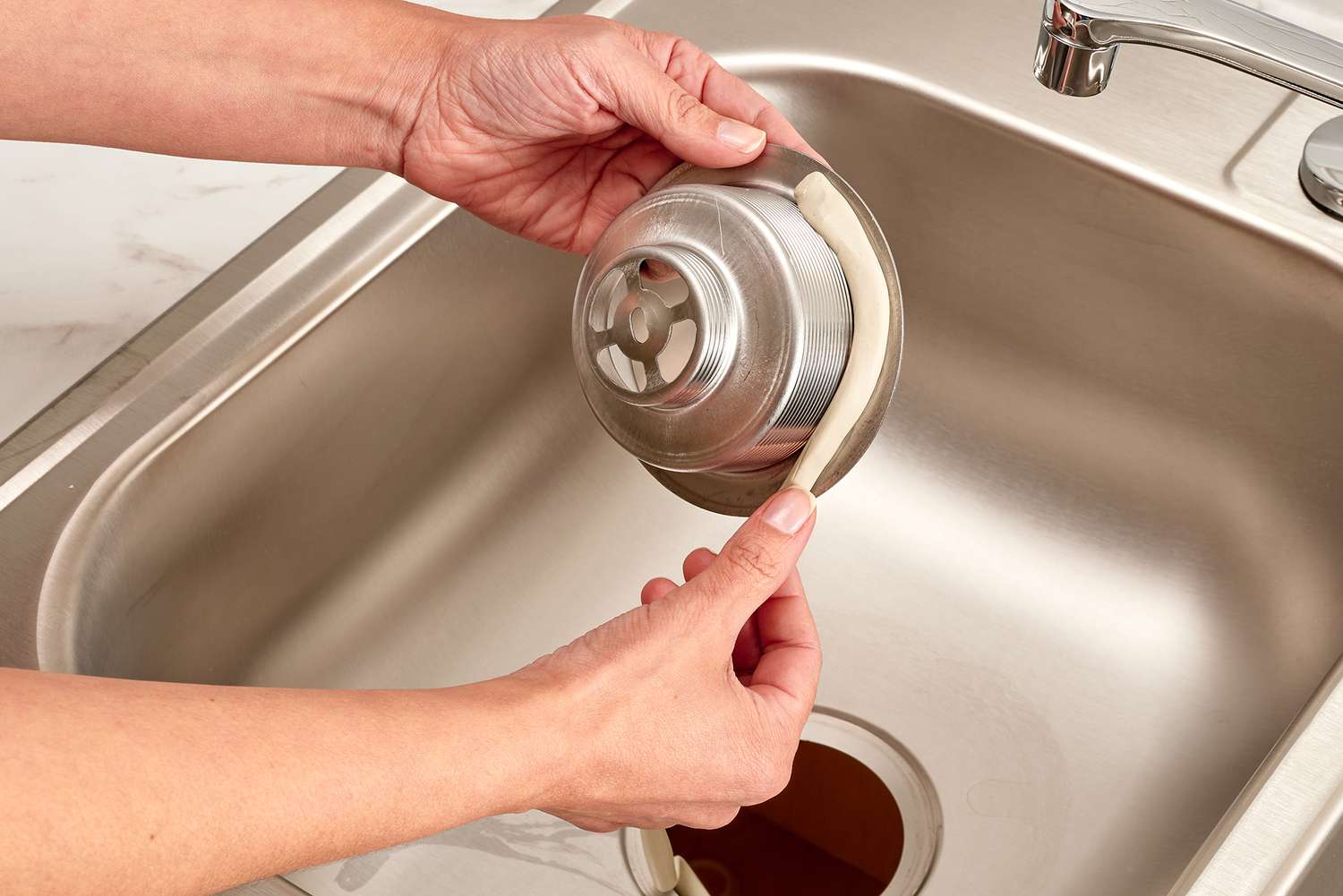
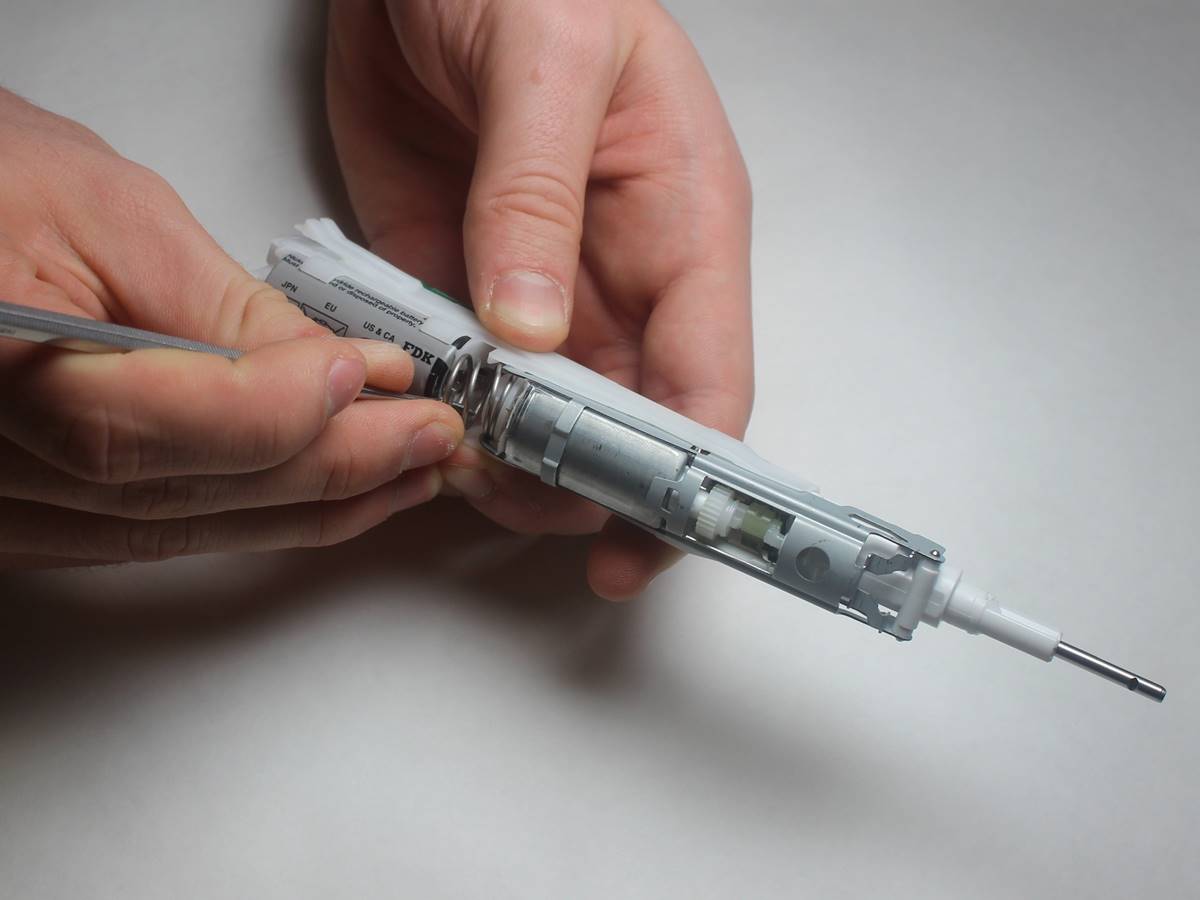


0 thoughts on “How To Use A Three Compartment Sink”